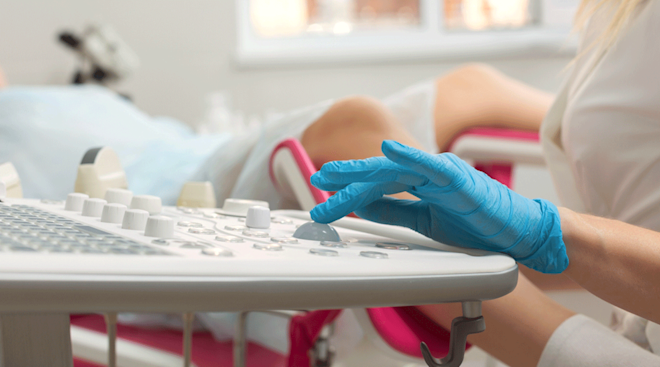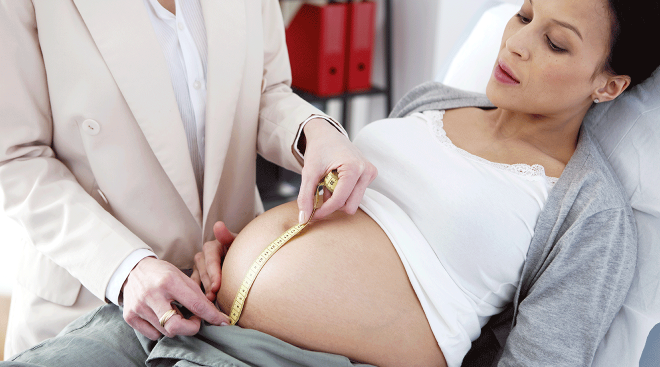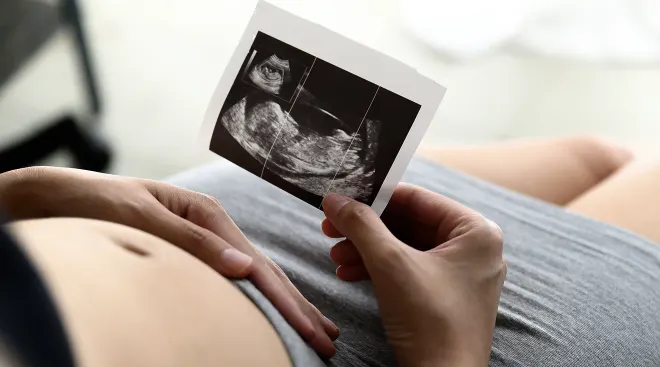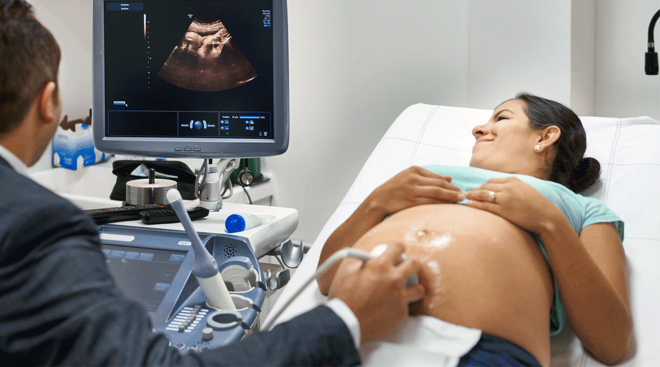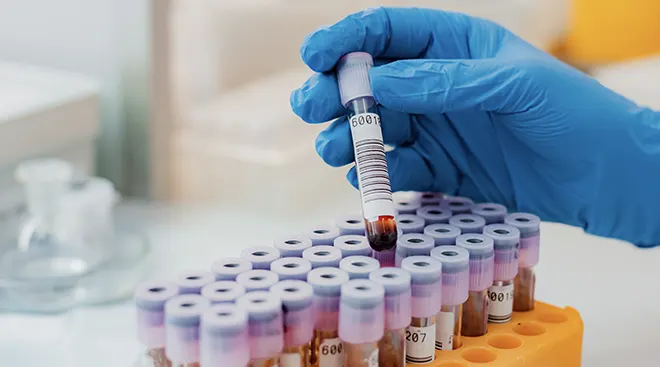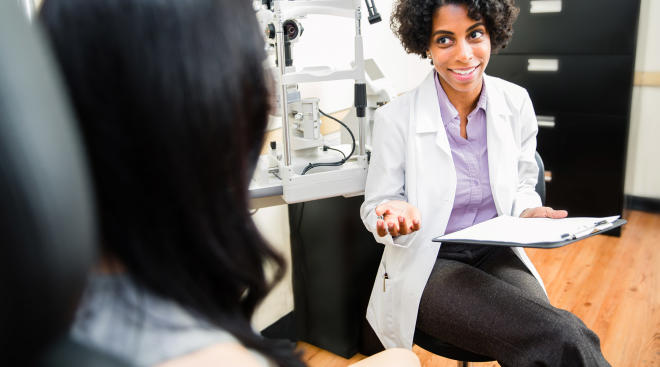There May Be a New Noninvasive Way to Diagnose Fetal Genetic Disorders
All pregnant women are offered some form of prenatal genetic testing, if they want, to determine if their developing baby has any chromosomal abnormalities, such as Down syndrome. Right now, moms-to-be have a few choices: Either opt for an amniocentesis or CVS, both of which are invasive procedures that carry a small risk of miscarriage, or noninvasive prenatal testing, which screens for abnormalities but can’t offer a definitive diagnosis. Now, researchers believe they’ve found a way to offer moms the best of both worlds: A risk-free test that can deliver conclusive results.
Instead of using needles to harvest cells from the placenta, researchers at Brown University figured out a simple way to collect the same cells from a cervical swab.
The findings, which were recently published in the journal Scientific Reports, reveal a technique that isolates trophoblast cells, which are placental cells that carry the complete fetal genome. The cells are present in the cervical canal in early pregnancy. The problem is, there aren’t very many of them and it can be difficult to isolate the cells from other cells and mucus that are also present in the area. However, researchers discovered that when the cell mixture is placed on microwell plates used in clinical diagnostic testing laboratories, trophoblast cells have a tendency to settle to the bottom. This allows scientists to pick the cells up individually from the plate, collecting enough to perform the genetic testing.
“This is the first study to use cell settling for enriching trophoblast cells from a heterogeneous cervical cell population,” the report reads. “Ultimately, we provide a technique that is quick, inexpensive, minimizes cell loss and results in retrieval of individual trophoblast cells.”
The best part is that no specialized equipment beyond what a typical diagnostic lab would already have is needed to perform the technique. Doctors can take a cervical swab and have the cells necessary for genetic testing within a few minutes.
“There is a large need for biomedical engineering techniques toward advancing prenatal and women’s health,” Christina Bailey-Hytholt, a Ph.D. candidate in biomedical engineering at Brown and lead study author, explained in the report. “Our work is a step toward more non-invasive prenatal testing options.”
Please note: The Bump and the materials and information it contains are not intended to, and do not constitute, medical or other health advice or diagnosis and should not be used as such. You should always consult with a qualified physician or health professional about your specific circumstances.
Navigate forward to interact with the calendar and select a date. Press the question mark key to get the keyboard shortcuts for changing dates.

































